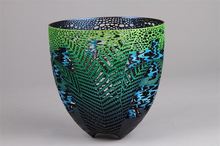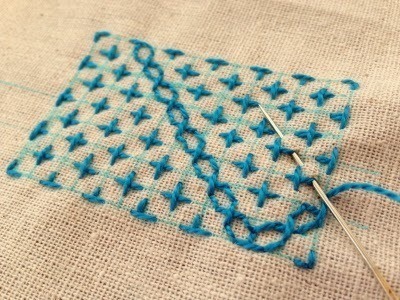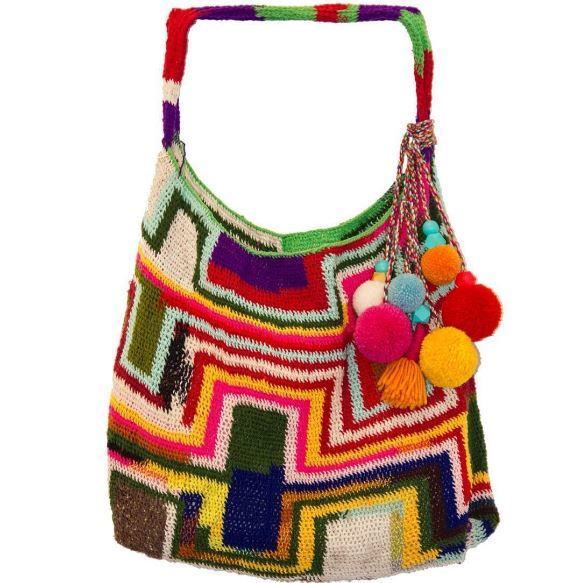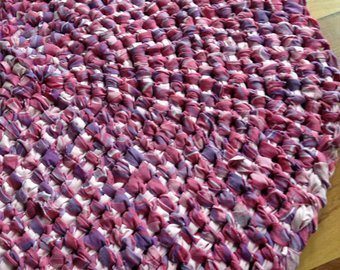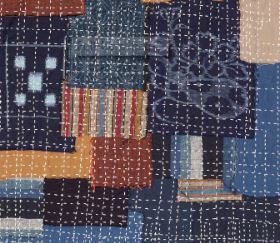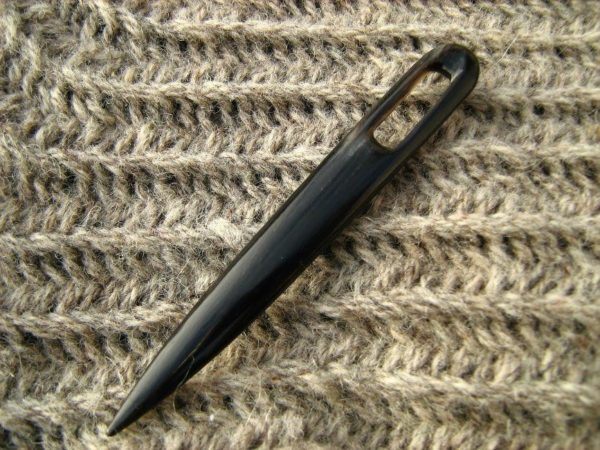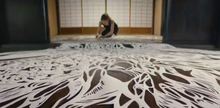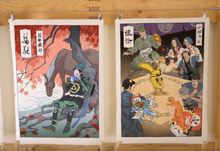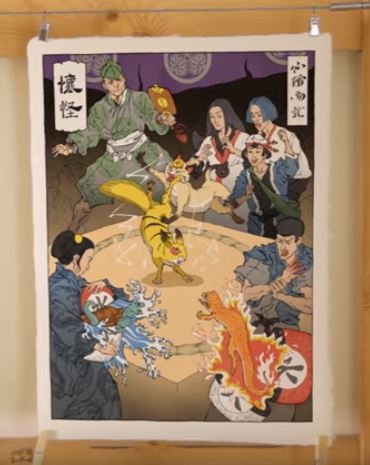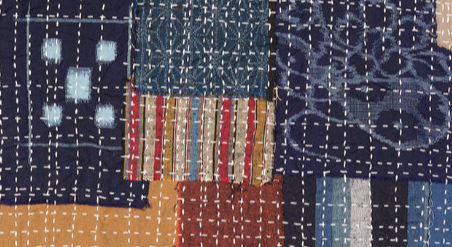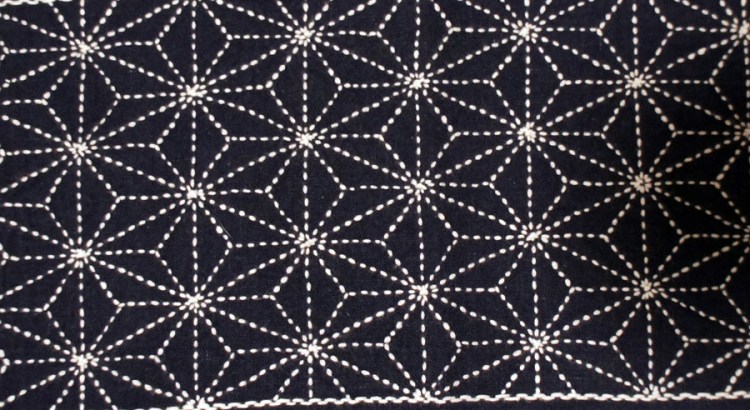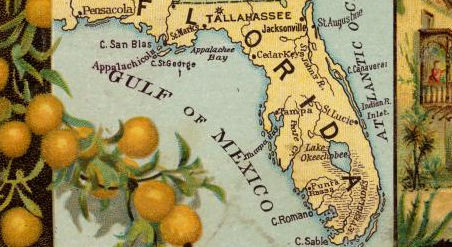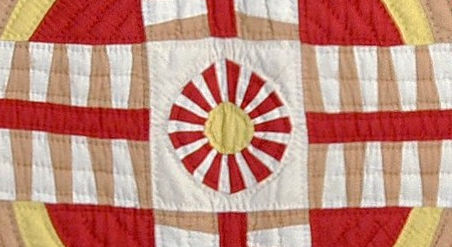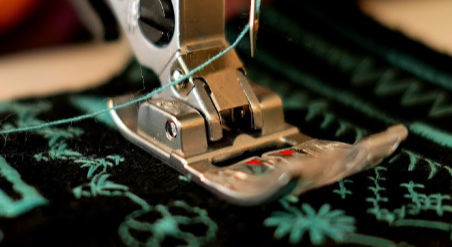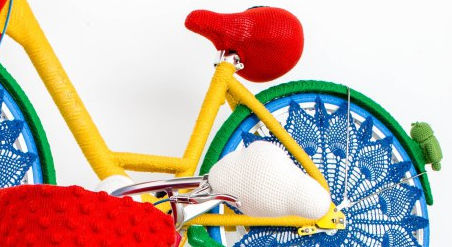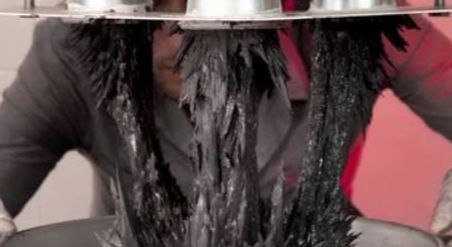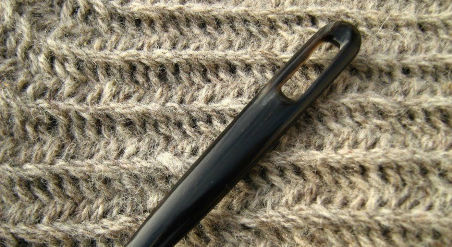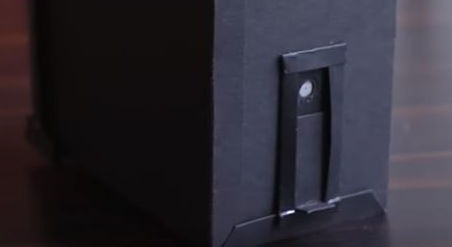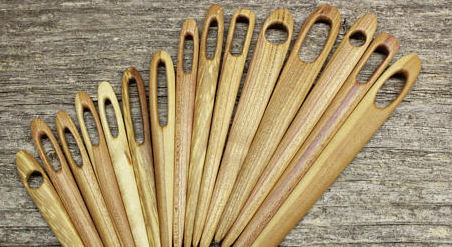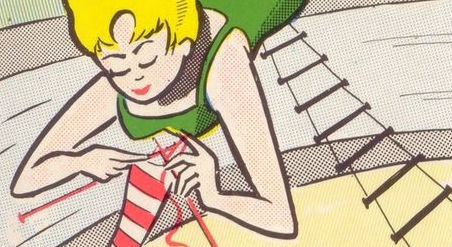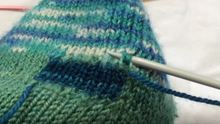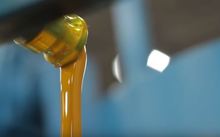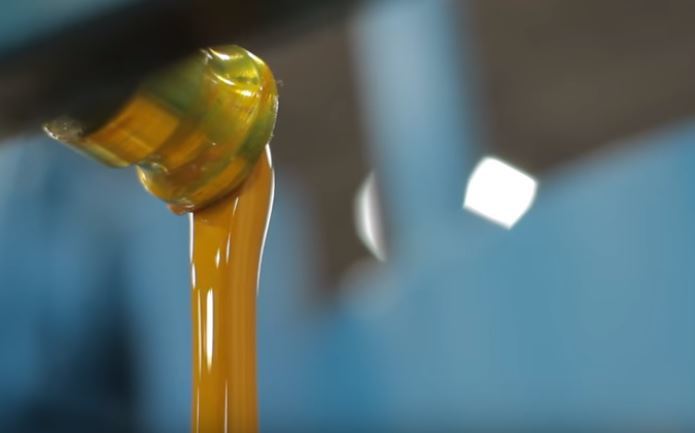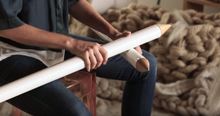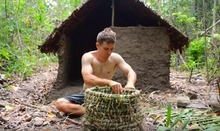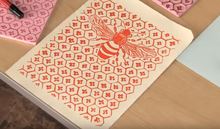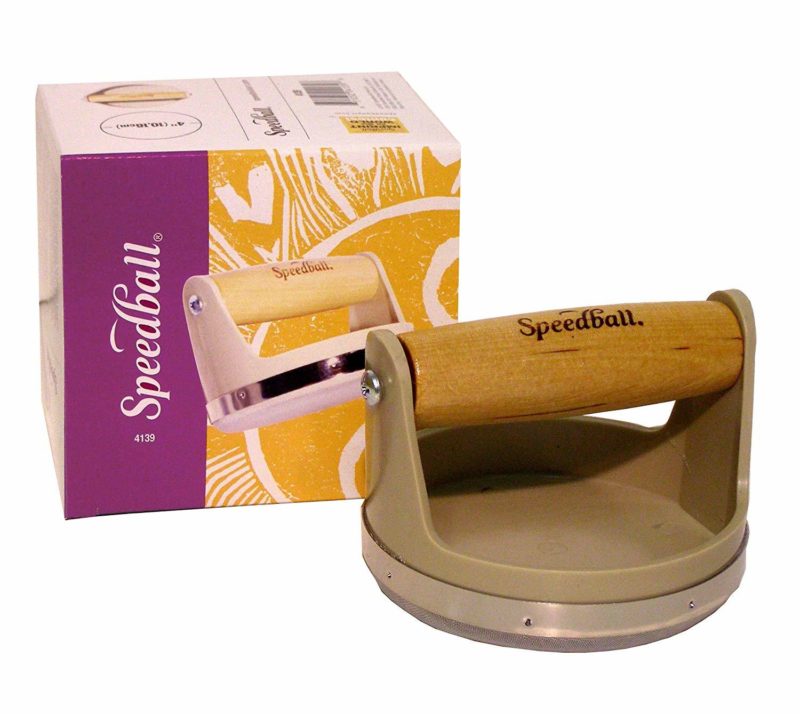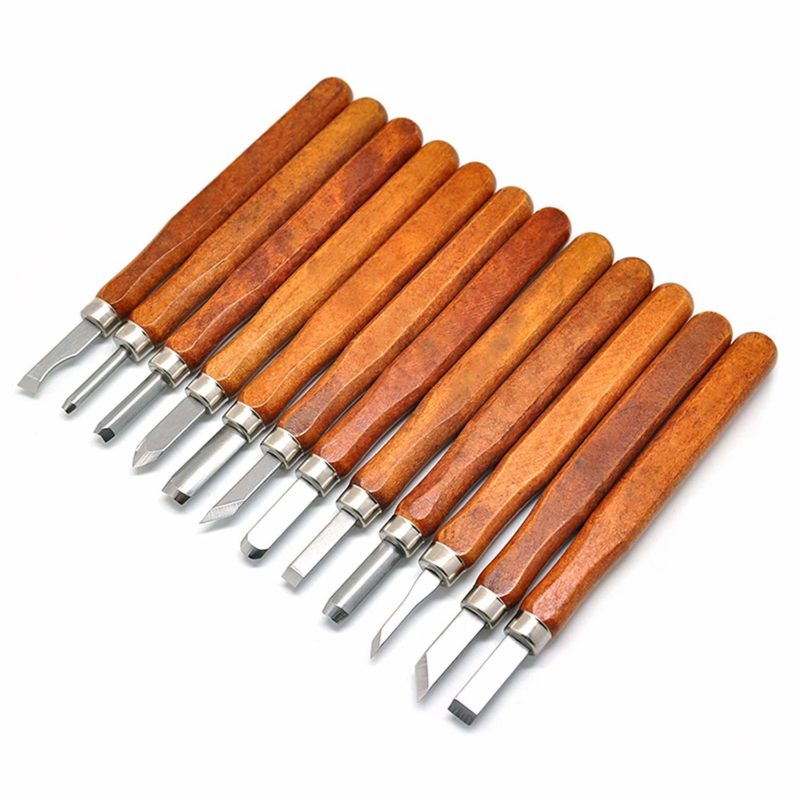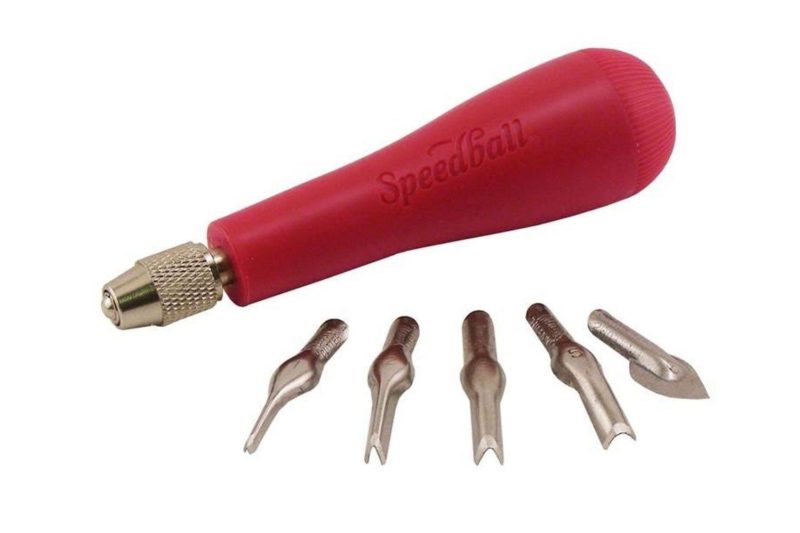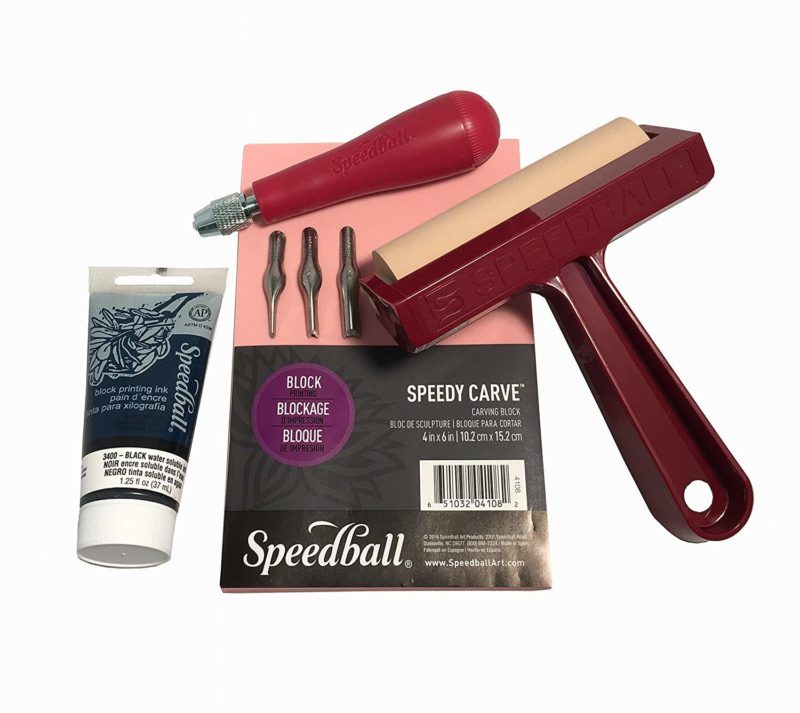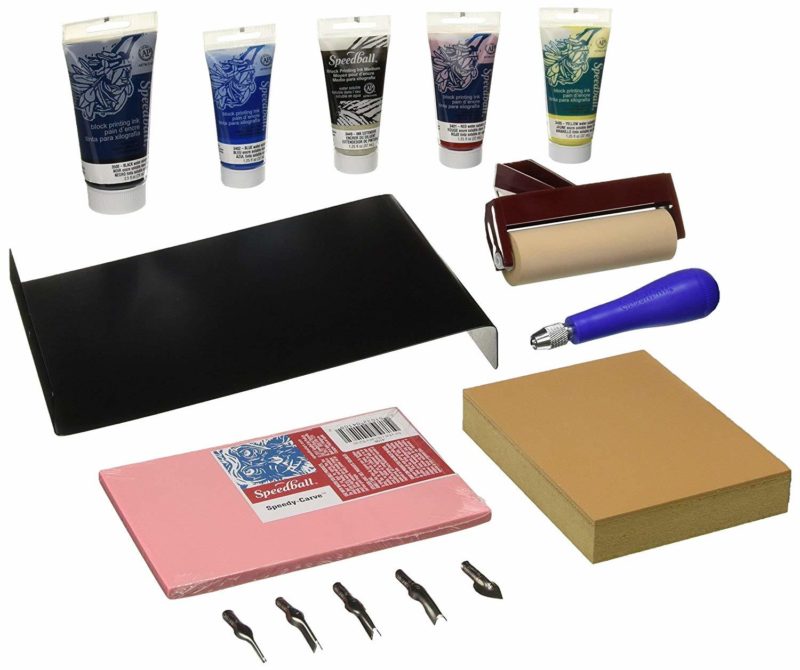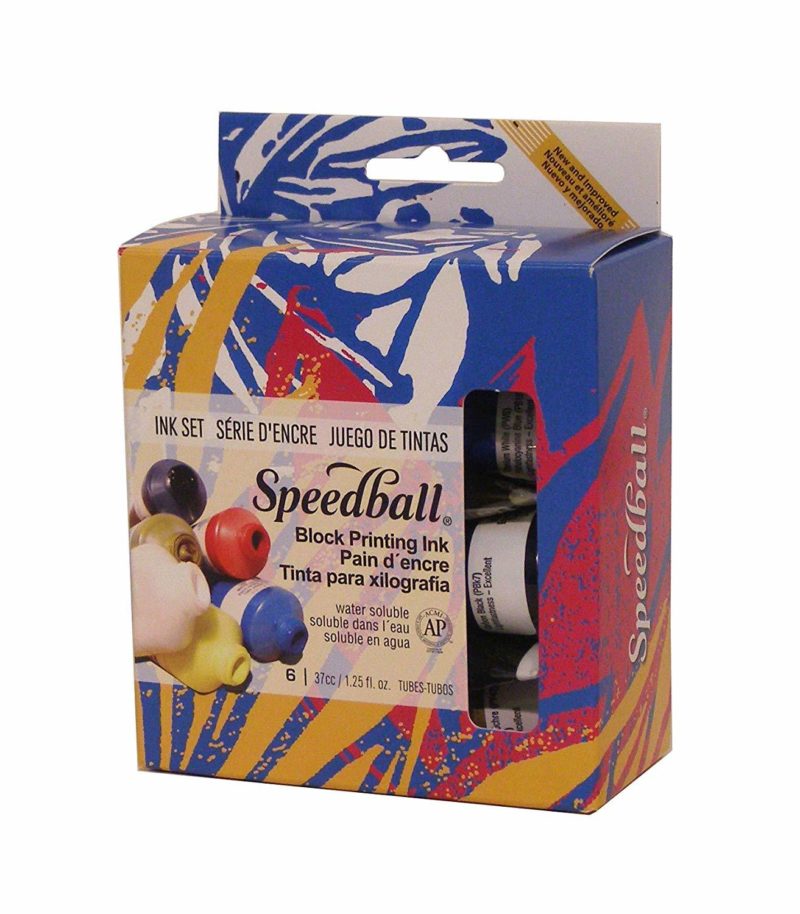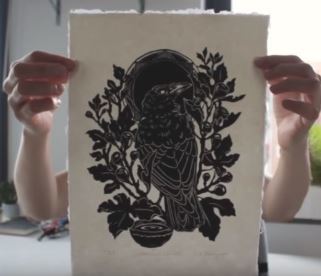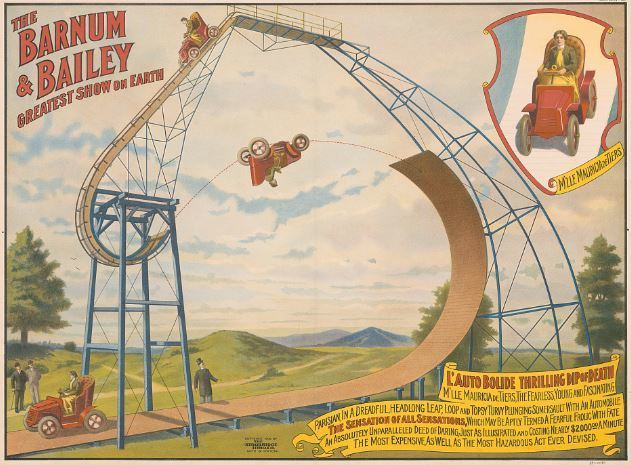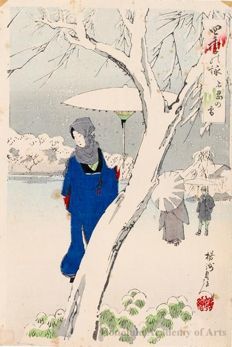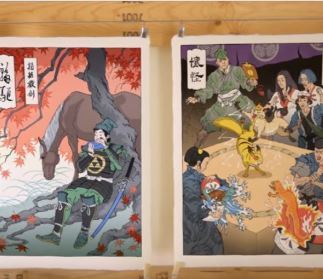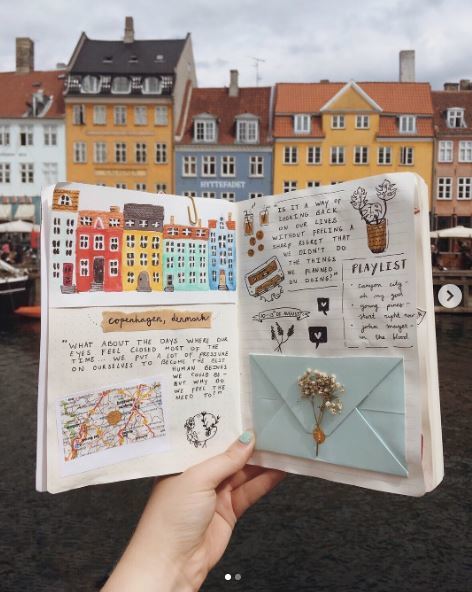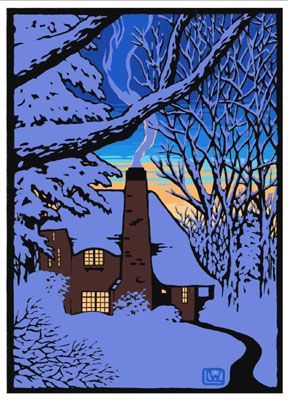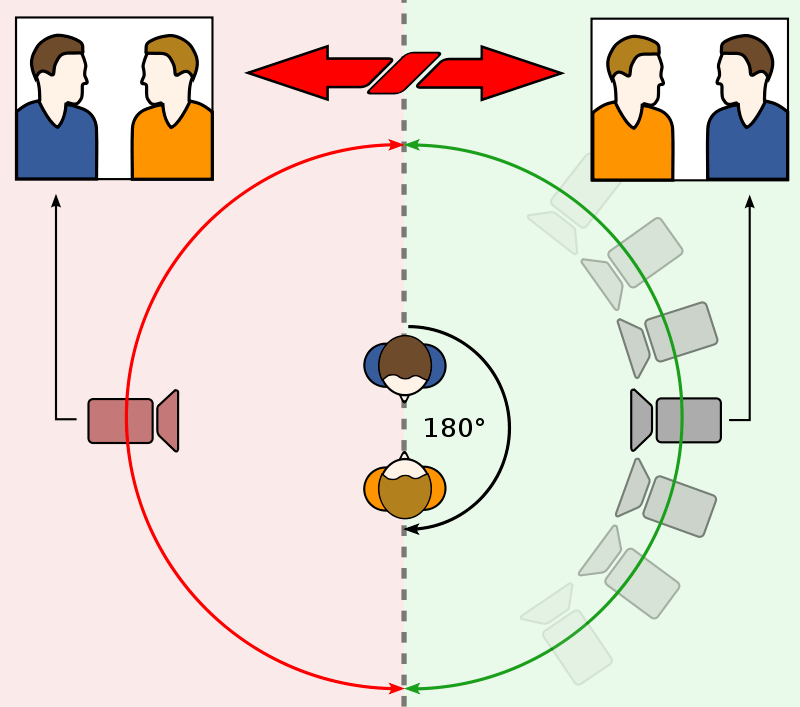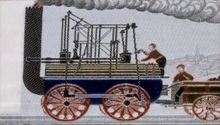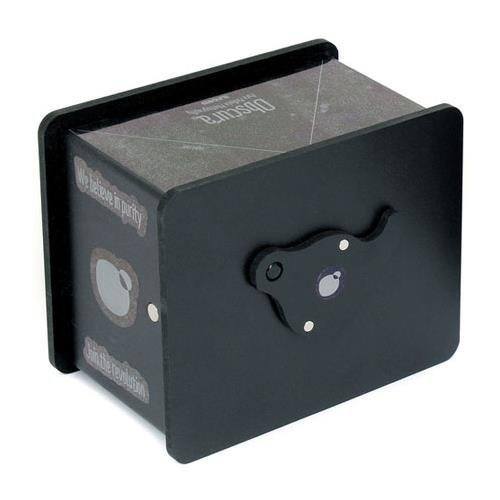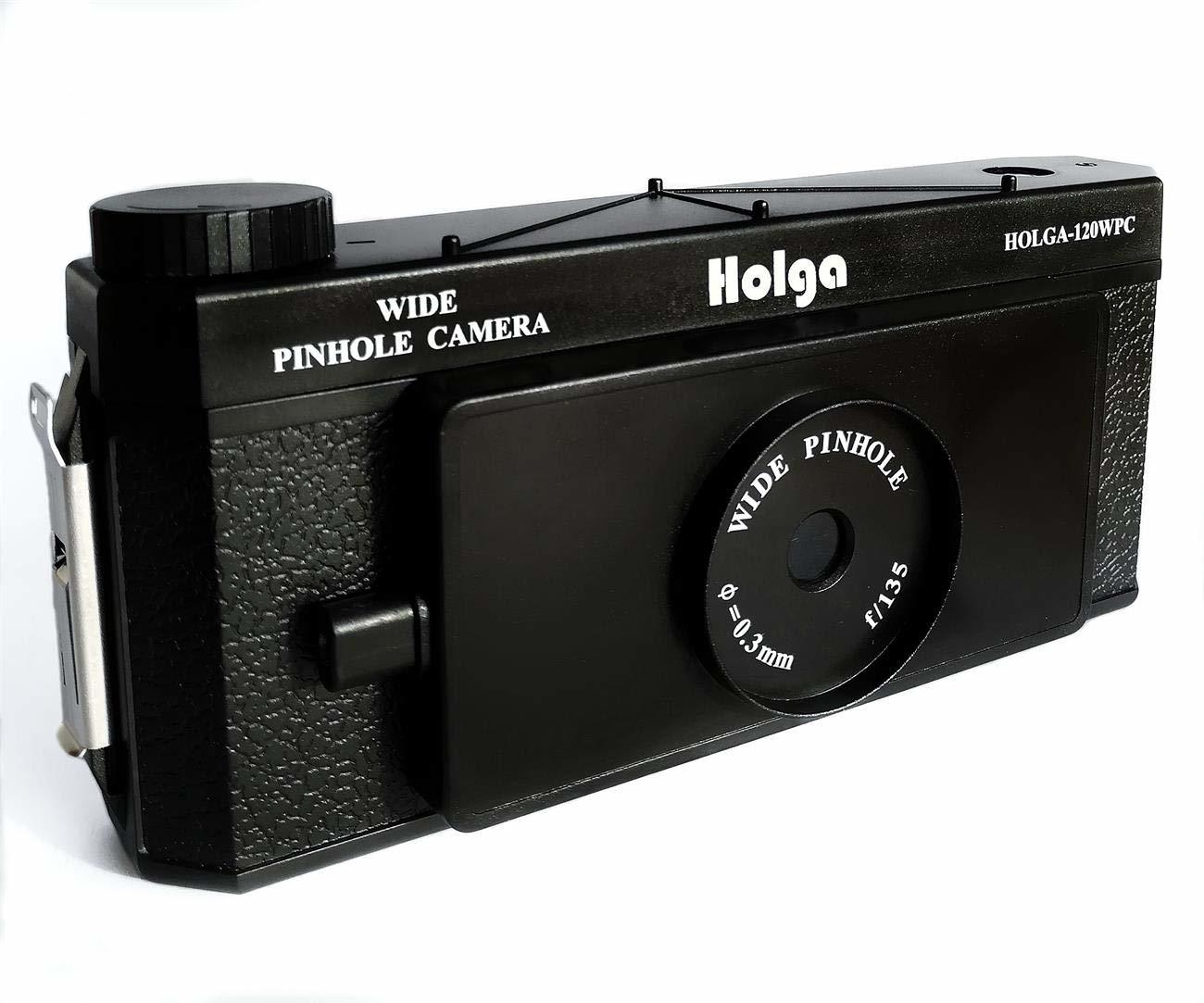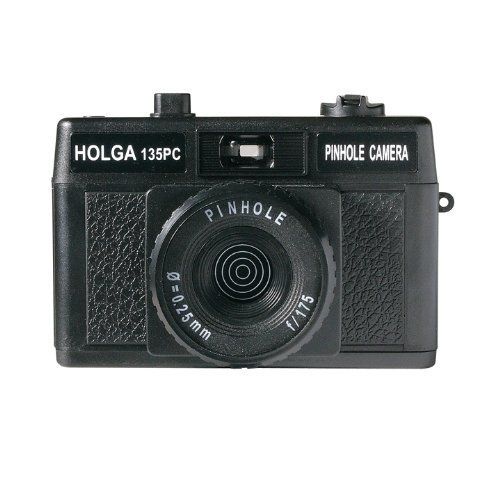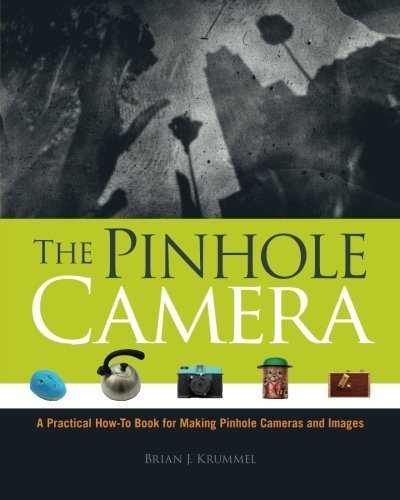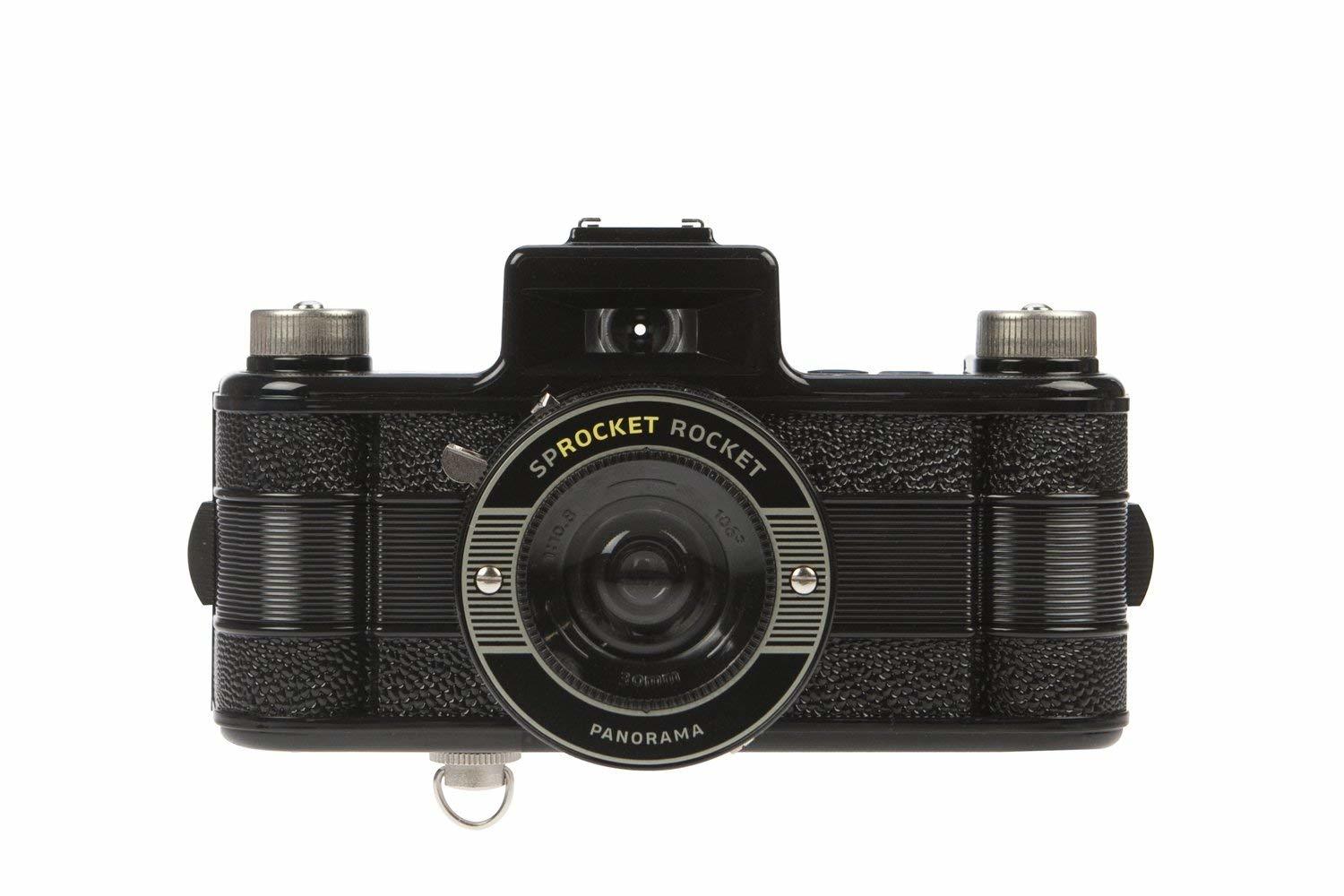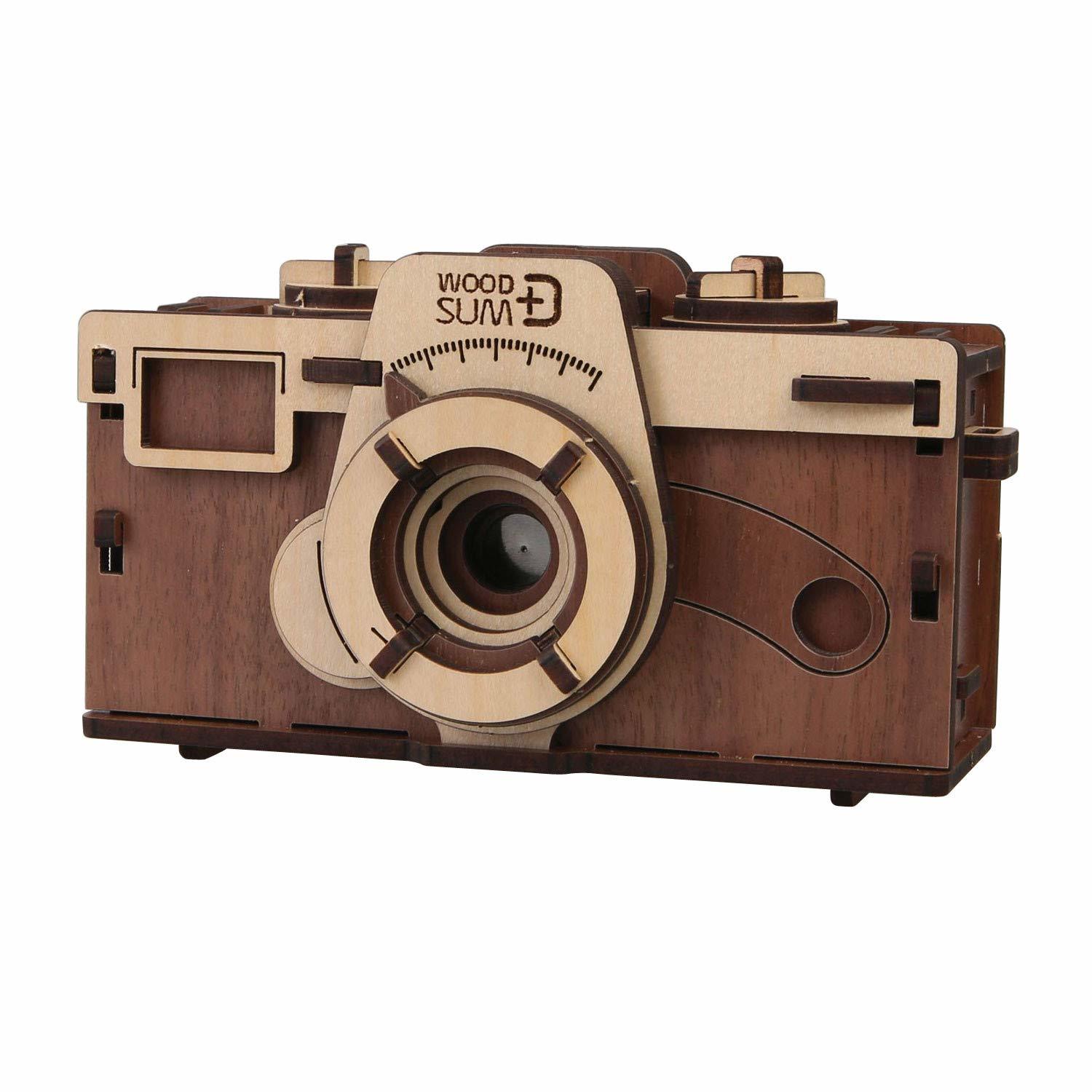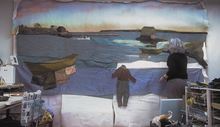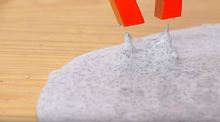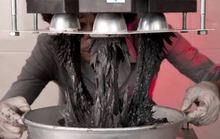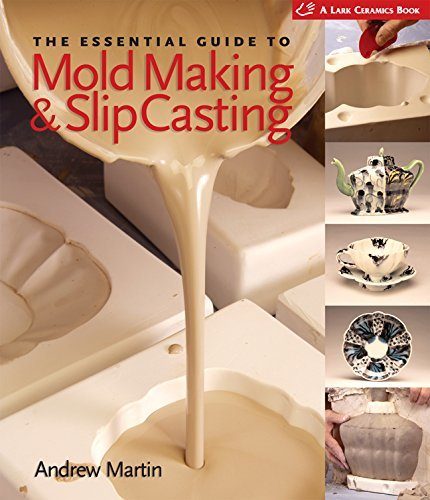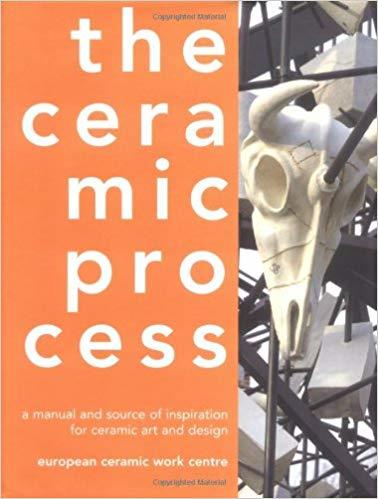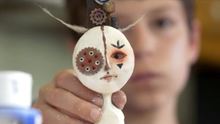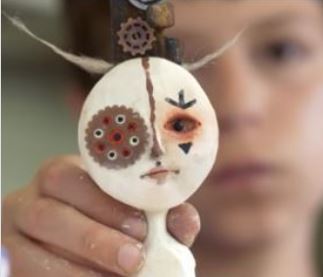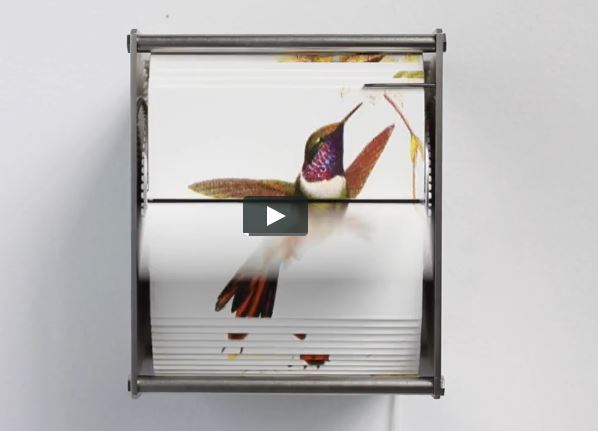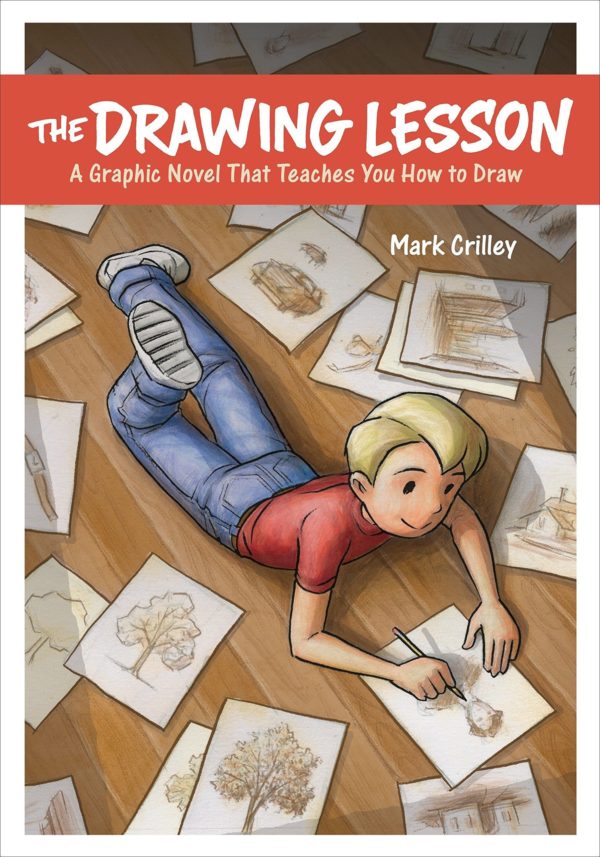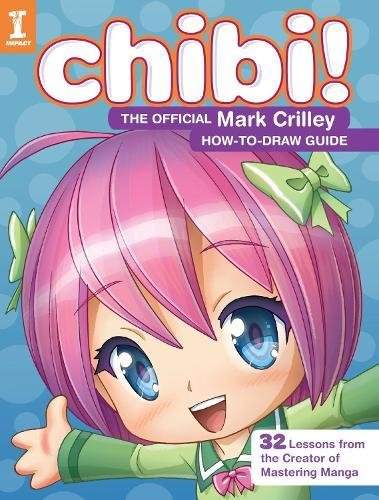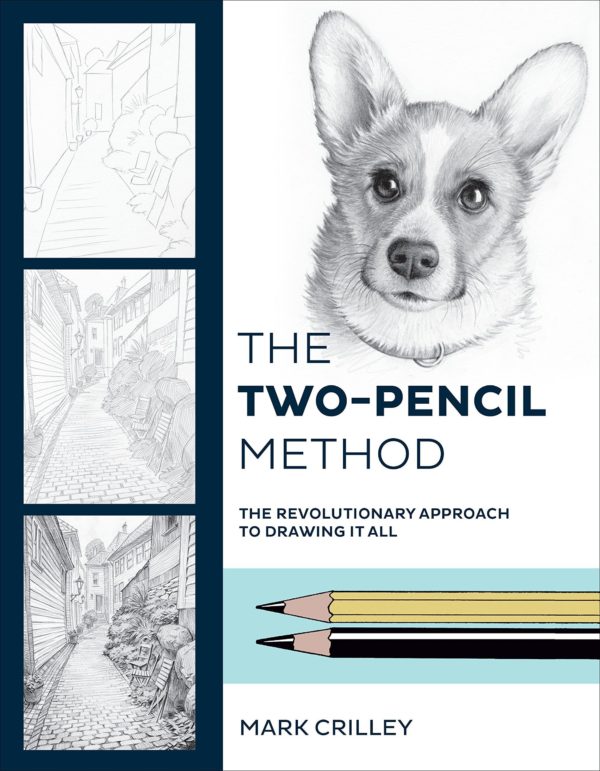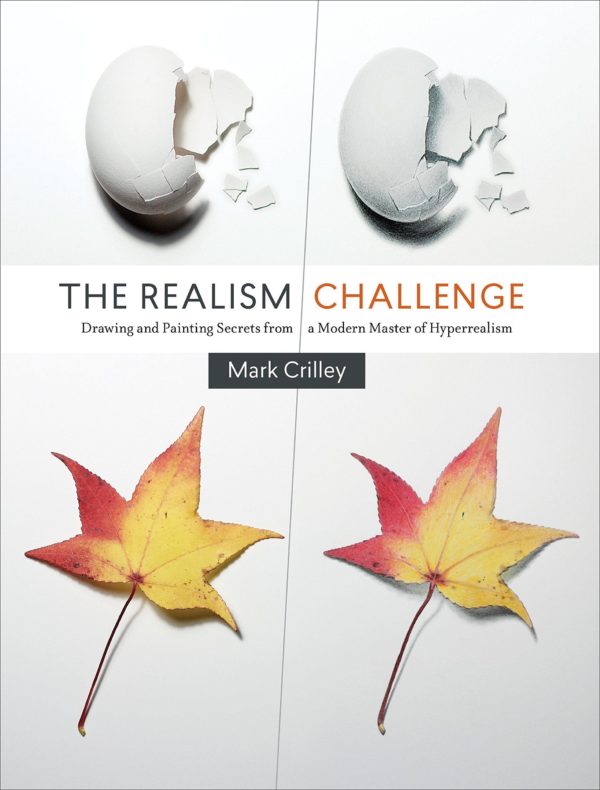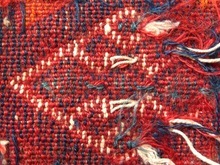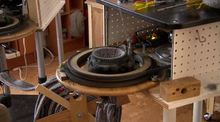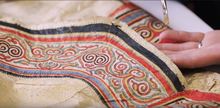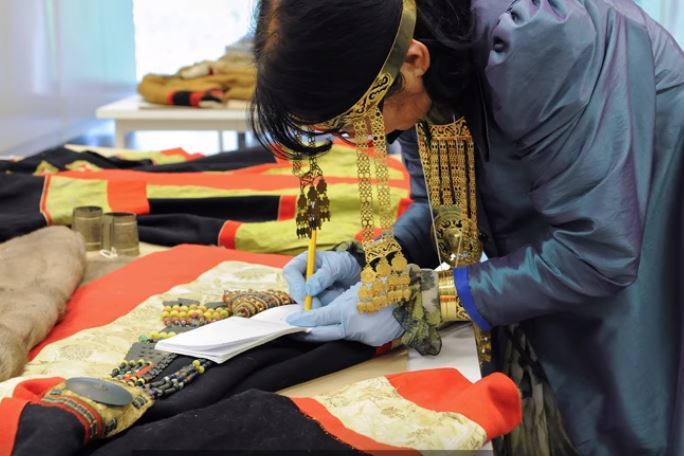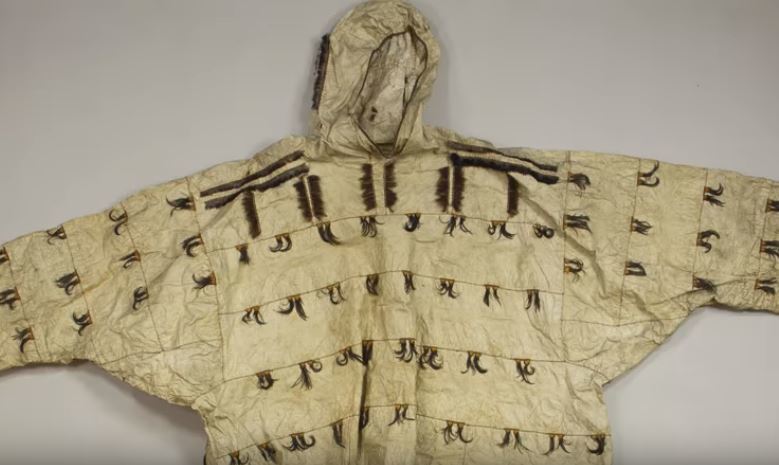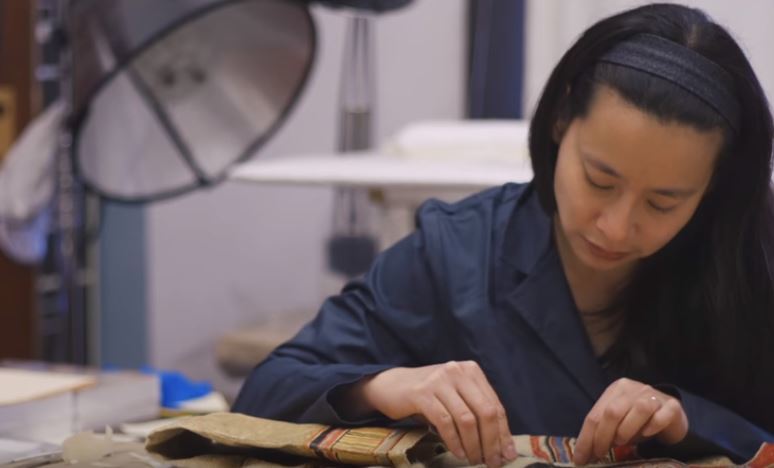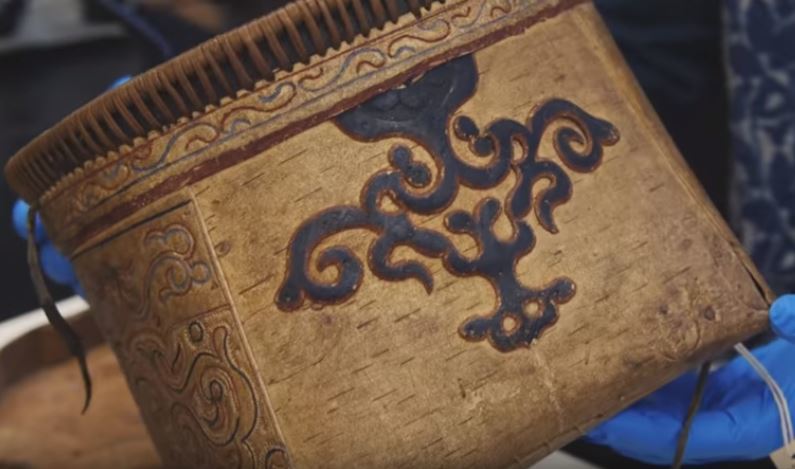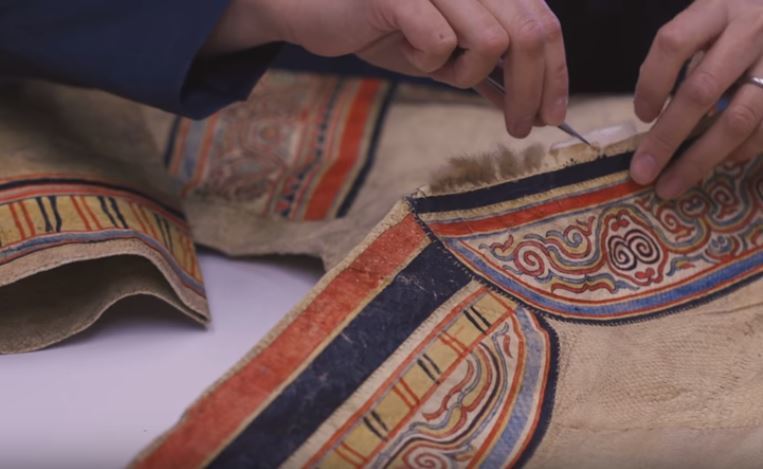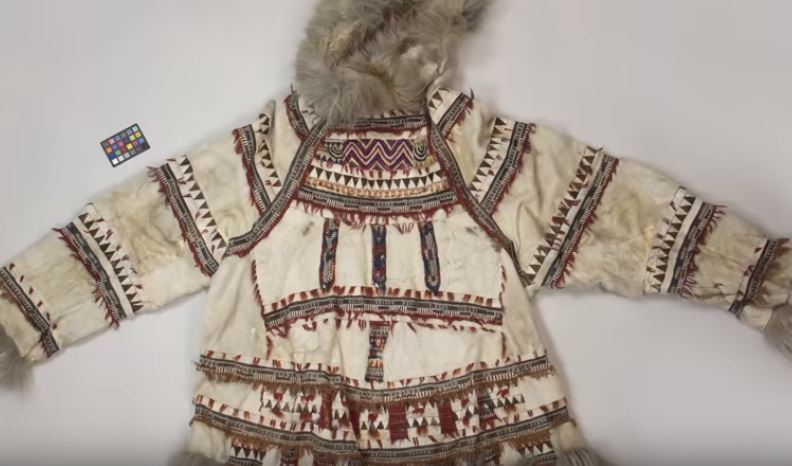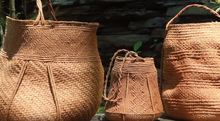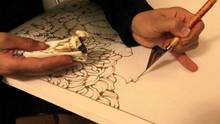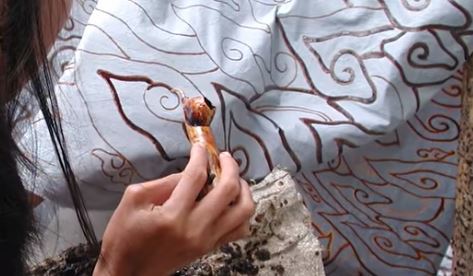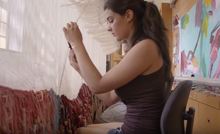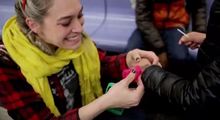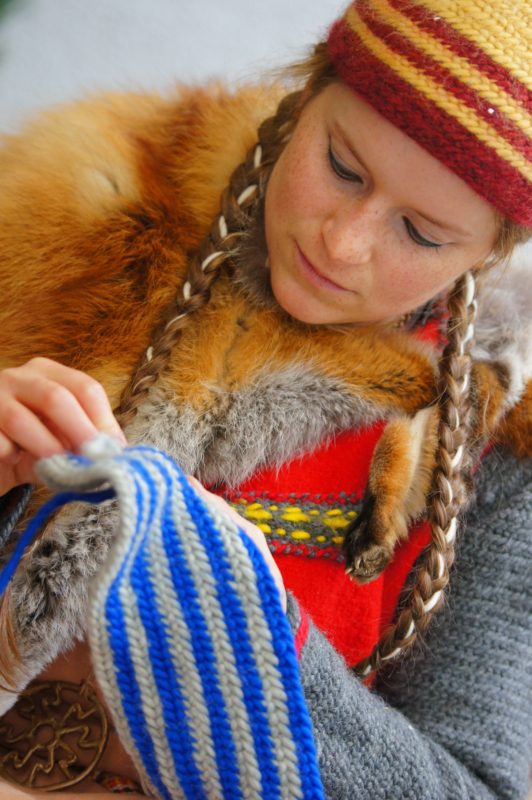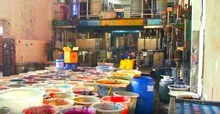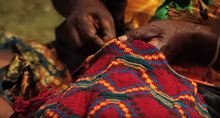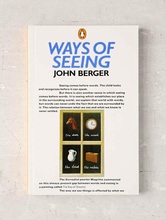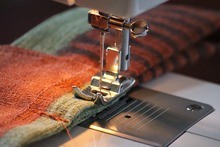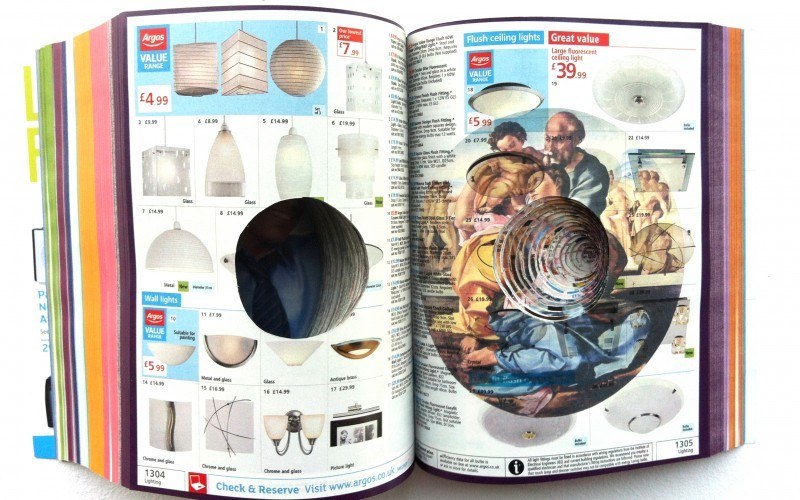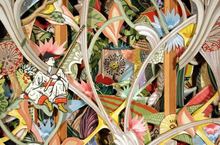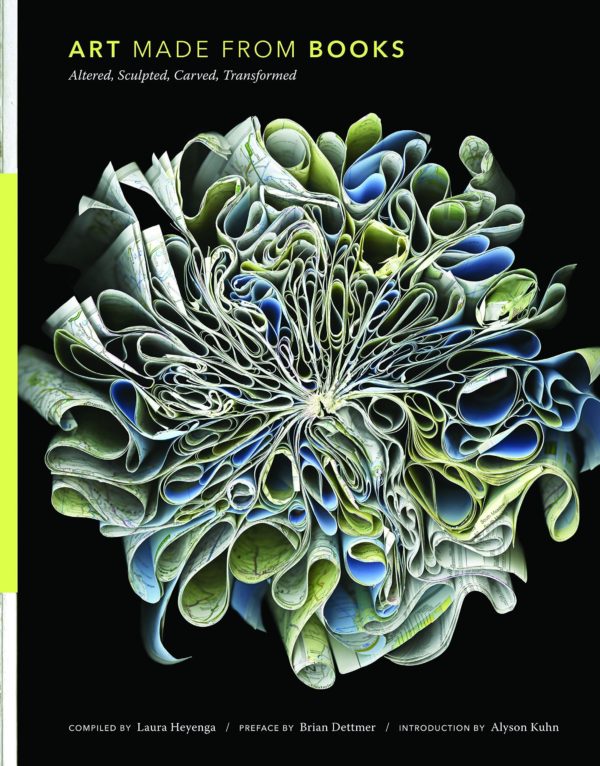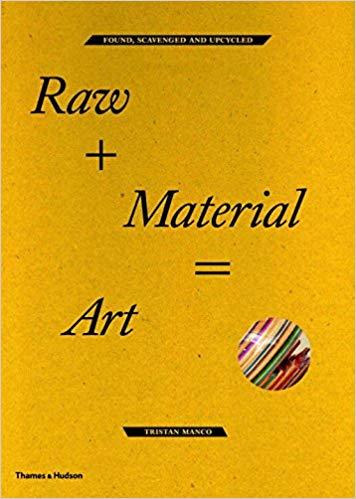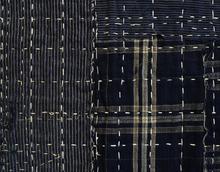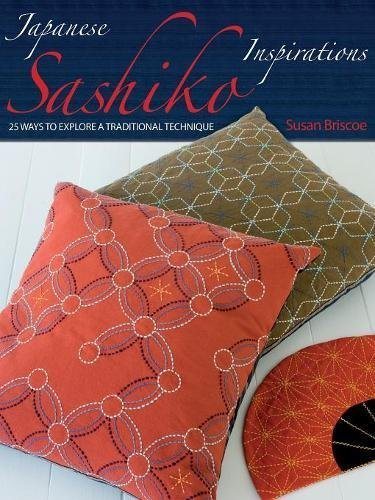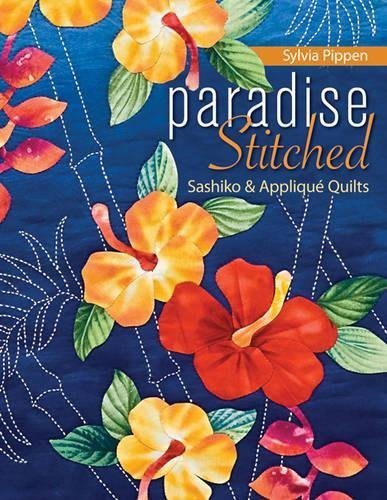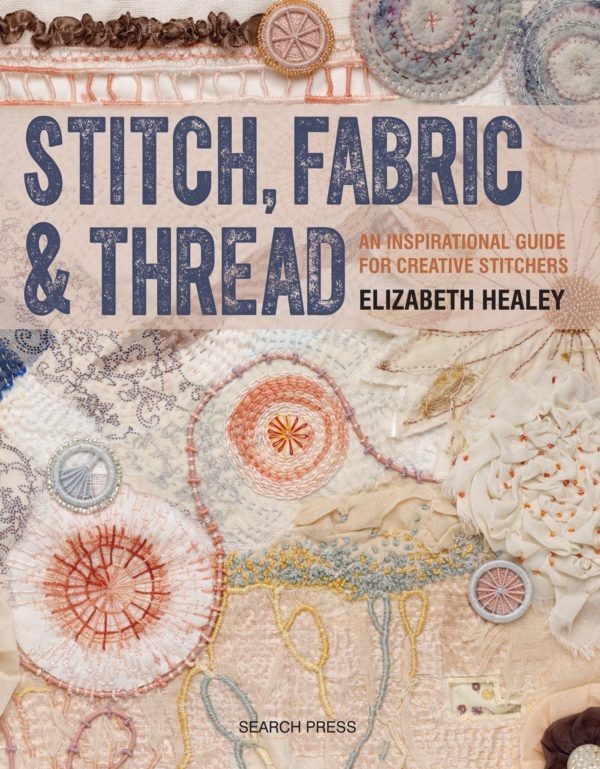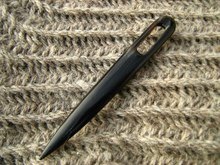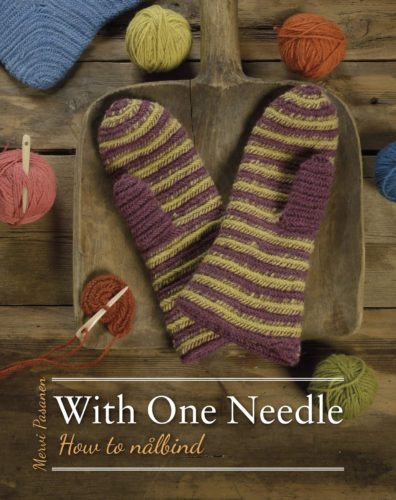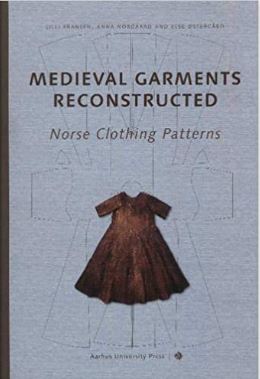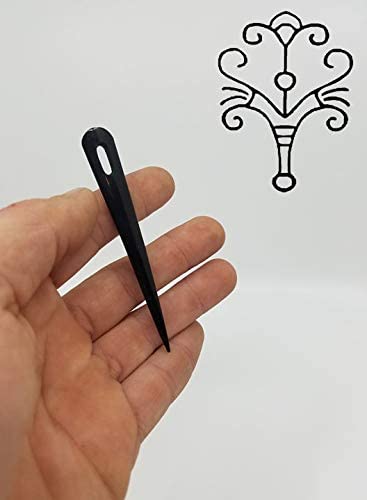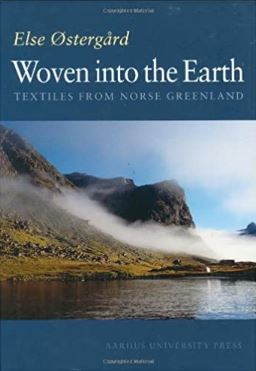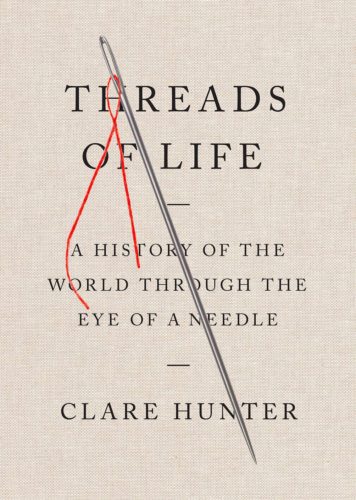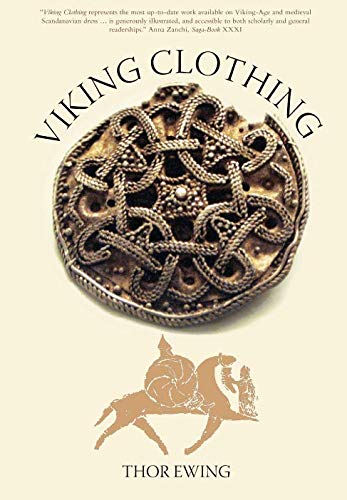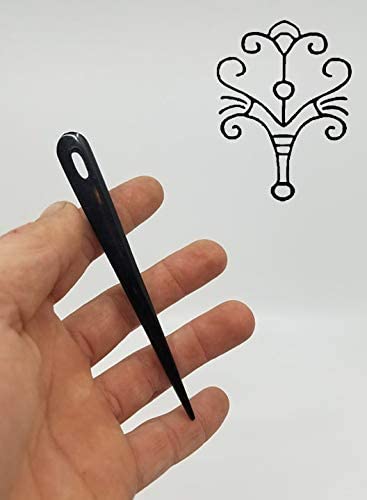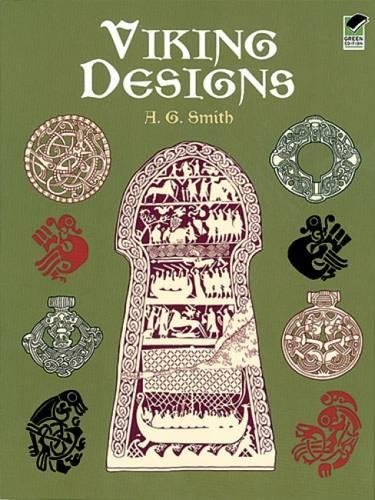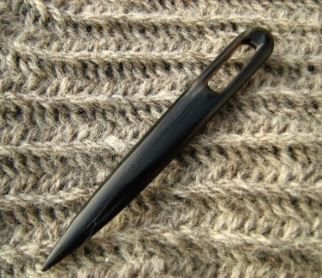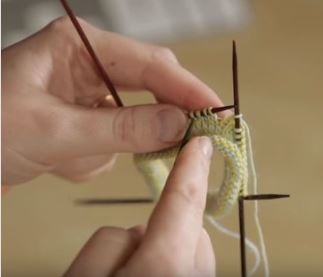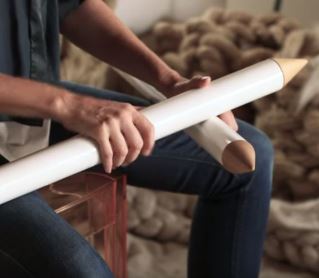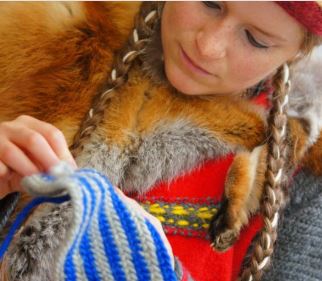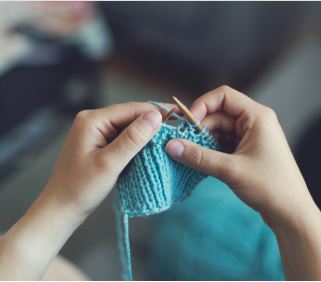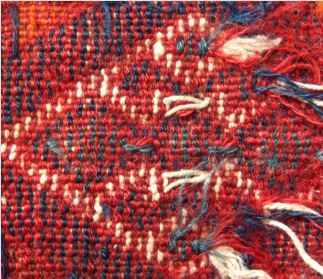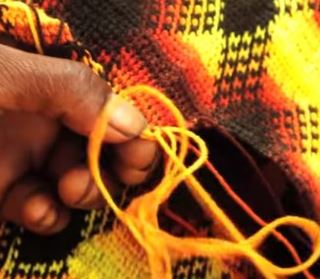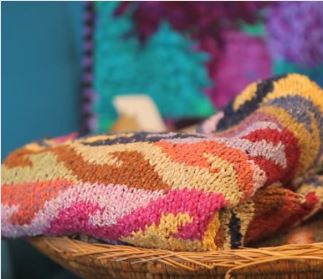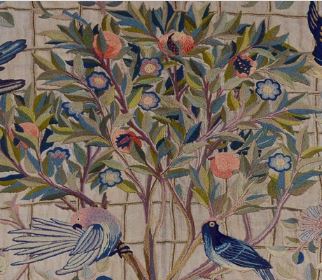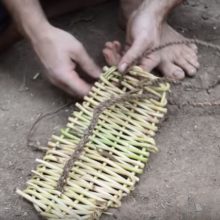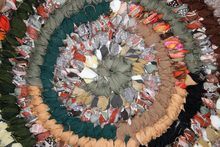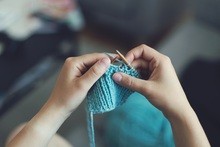Gordon Pembridge's Process
Gordon Pembridge is an artist-craftsman working with wood. He’s able to look at a section of timber, visualize how to shape the wood’s grain into an object that can stand on its own, and plan out the geometry keeping the structure intact while carving out a significant amount of material.
His final pieces look like he’s done some sort of magic – making the design look seamless and easy. But at the same time we know that it would take years to learn the mechanisms of all that’s involved – from properly curing the wood, to practicing the hand-eye coordination that keeps a steady hand from weakening the structure of the sculpture, and to the craft and color sense of delicate painting that distinguishes his body of work.
He’s got a deft hand and an artist’s eye. His background in painting, woodworking, graphic design, illustration, engraving, and photographing all come into play in his creative process. And, he may have a knack for geometry, since his mapping out of designs on curved surfaces is masterful.
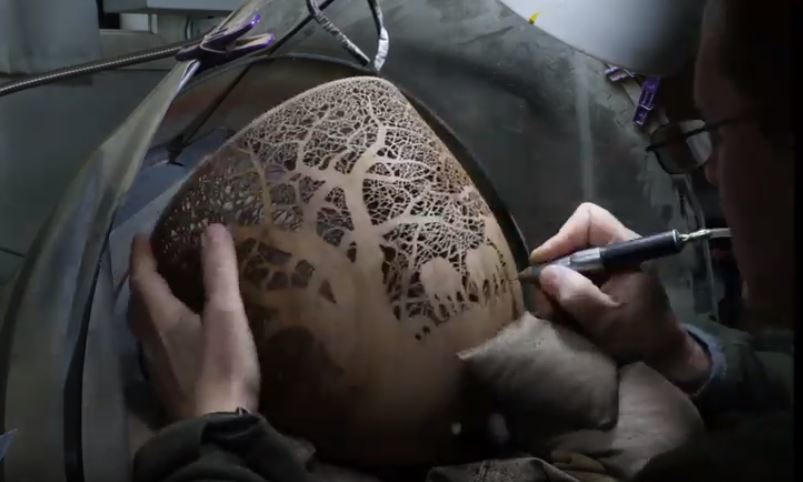
That’s why it’s deeply satisfying when an artist like Gordon shares his creative methods from start to finish. We are the lucky audience. He has videotaped his vessel-making process, letting us in on the patience and precision it takes to create carved wooden pieces that reflect the flora, fauna, and animals of his native Kenya and adopted New Zealand.
Gordon’s intricately carved vessels start as pieces of wood from Cupressus macrocarpa trees, commonly known as Monterey cypress (native to the Central Coast of California, and thought to have been introduced to New Zealand in the 1860s gold rush). Each piece of wood is unique, and the grain orientation gives Gordon choices that help determine the shape and size of the final work.
He uses a lathe to shape the wood into a blank. Next, he draws a design onto the outer surface, carves out the negative space with a high speed engraving tool, touches up the freestanding sculpted areas, and finishes with airbrush- and brush-painting - as you can see in the three videos below.
“Some of the wood is wet turned as a rough blank for drying. The blank once dry is then remounted on the lathe for finishing. This process can take years depending on the type of wood.
Typically I turn the macrocarpa for my thin vessels when it is wet. The vessels in this picture are all turned from macrocarpa, being only about one millimetre thick they dry quite quickly.
After carving the feet and sanding the dry blank the design is measured out and drawn directly onto the wood.
The design is carved out with a high speed engraver with careful attention to line and texture. A time consuming process.” The Process Involved in Making a Gordon Pembridge Piece of Woodturning
Gordon is an associate member of the Society of Animal Artists: “...founded in 1960, [SoAA] is devoted to promoting excellence in the artistic portrayal of the creatures sharing our planet, and to the education of the public through art exhibitions, informative seminars, lectures and teaching demonstrations.” On his website, he shares links to woodworking groups and links to fellow wordturners:
American Association of Woodturners
Association of Woodturners of Great Britain
Association of Woodturners South Africa
National Association of Woodworkers New Zealand
North Shore Woodturners
South Auckland Woodturners Guild
The Irish Woodturners Guild
For more about Gordon, view his recent works here, and get in touch with him here.
MORE about ARTISTS' PROCESSES
For more peeks into art- and craft-making processes, have a look inside Canadian textile artist Laurie Swim's studio, where she filmed the making of a landscape quilt. We get to watch her work over the course of nine months, compressed into three and a half minutes. You can watch it here.
And, watch Lexus's documentary Takumi: A 60,000 Hour Story on the Survival of Human Craft. The folks behind the luxury car created a newly formatted way of watching a movie online, which they hope gives a sense of the human work needed to become proficient in a craft.
The premise behind the movie is to match the length of the film to the time it takes to become a Master Craftsperson, or Takumi. That time is estimated to be 60,000 hours. The documentary features four craftspeople: a carpenter, a foraging chef, a paper-cutting artist, and an engineer (who works for Lexus).
We get to see the skill that goes into learning a craft, and we’re offered some wonderful insight into the importance of craft-making from a curator, a journalist/programmer, and a futurist. You can find the documentary here. Be sure to read the directions in the blog post that explains how to speed through the footage.
You might also like to explore our posts about American Craftspeople and American basket-makers.
SOURCING WOODWORKING TOOLS and BOOKS
Below is a list of books and tools for creating your own woodworking learning resources, shop tools, and kits. Please note that these are affiliate links, which means we get a small commission if you choose to make a purchase through our links - at no extra cost to you.
Understanding Wood: A Craftsman's Guide to Wood Technology
Working Wood 1 & 2: The Artisan Course with Paul Sellers
Understanding Wood Finishing: How to Select and Apply the Right Finish
Essential Joinery: The Fundamental Techniques Every Woodworker Should Know
Having fun with new and traditional crafts, art, design, DIY, and freebies.
TRENDING & POPULAR
FREE ART BOOKS ONLINE Start your own free collection of art books from three major museums.
DISCOVER SASHIKO STITCHING Learn how to make traditional Japanese decorative stitches for quilting, mending, and upcycling.
BILUM Discover a fabric-making technique used in Papua New Guinea that can be used to make bags and dresses.
HOW TO MAKE AN AMISH RAG RUG There's no sewing required to make this traditional homemade crafted item.
35,000 FREE KNITTING & CROCHETING PATTERNS Use our easily searchable list to find free patterns by Rowan, Vogue, Lion Brand, Berroco, and more.
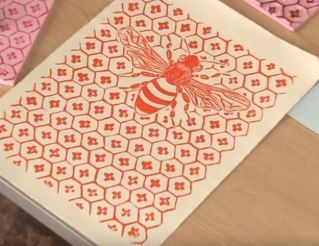
HOW TO MAKE A LINOLEUM BLOCK PRINT Watch how-to videos for beginners explaining the basic step-by-step process of making a linoleum block print.
HOW TO MAKE A BORO BAG Learn how to make a stand-out bag using a Japanese patchwork technique and Sashiko stitching.
'KNIT' LIKE THE VIKINGS Discover an ancient fabric-making technique that's still done today, pre-dates knitting, and doesn't unravel.
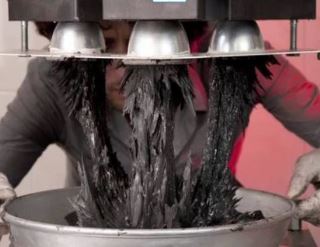
MAGNETIC CLAY CERAMICS Ceramic artists working with magnetic clay can play with the forces of nature to create fantastical structures.
